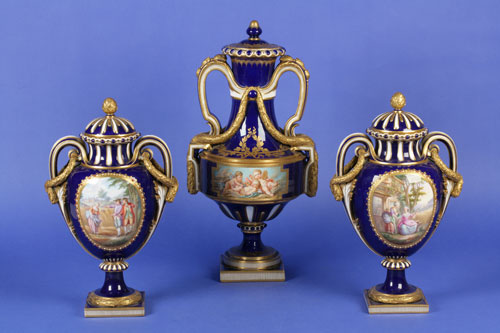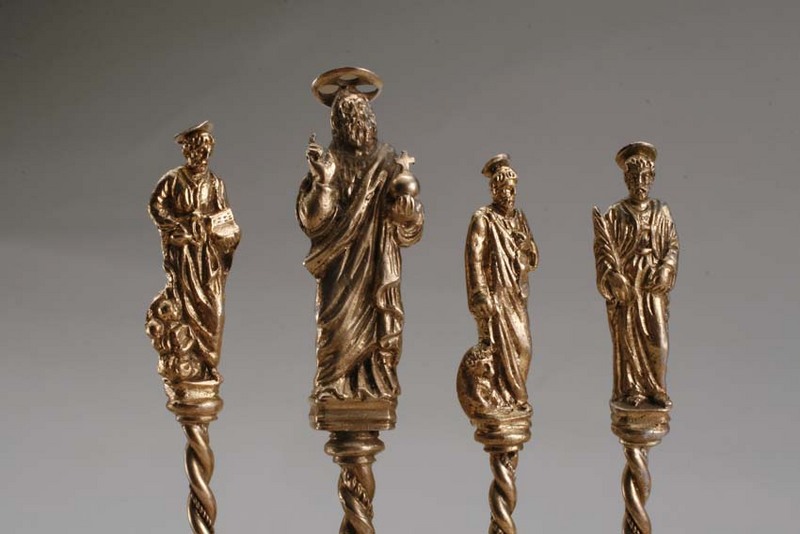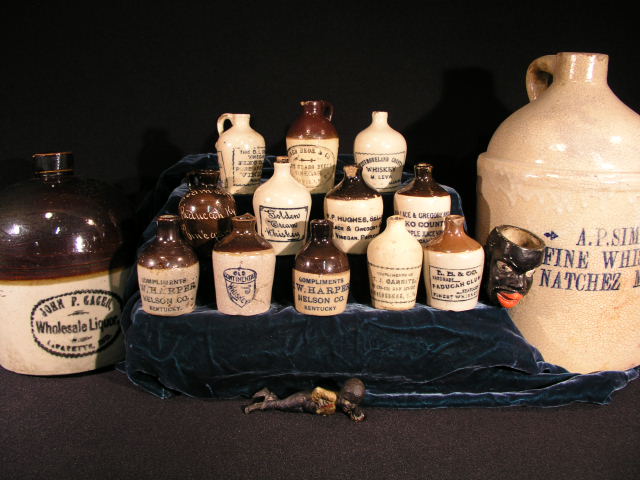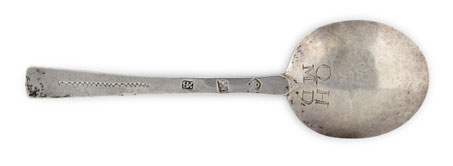It’s a group of decorative objects made as a set to be prominently displayed on something like a mantel or a buffet table. They can be purchased separately but this is not usual.
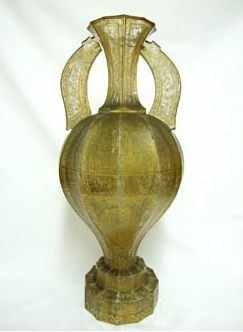 The Chinese first created export porcelain garnitures and European porcelain makers copied the idea in the porcelain they fired in the Meissen factory near Dresden, Delftware made in Holland and England, and Paris porcelain in France. Garniture elements were often sold individually or in sets. The latter a purchasing habit that retailers always tried to encourage.
The Chinese first created export porcelain garnitures and European porcelain makers copied the idea in the porcelain they fired in the Meissen factory near Dresden, Delftware made in Holland and England, and Paris porcelain in France. Garniture elements were often sold individually or in sets. The latter a purchasing habit that retailers always tried to encourage.
They were never made in sets of twos, fours, or sixes but always come in odd numbers. There’s always three, five, or seven, with a central element flanked by pairs.
The centerpiece might be a clock, for example, surrounded by pairs of urns, candlesticks or vases which are common objects in any garniture.
Garnitures went out of fashion in the 20th century so most of the garnitures have survived from the 19th or even the 18th century.
It’s very rare to find a garniture all together any more as many sets have been divvied up in estates and ruined when one of the pieces is broken. When you do find a set, they sell for a great deal of money.
Recently this central element of the three-piece garniture sold at Essex auctioneers Staceys for £14,500.

